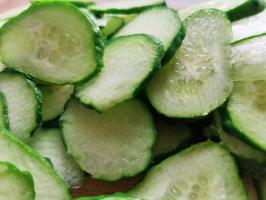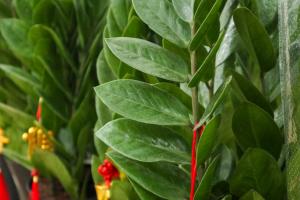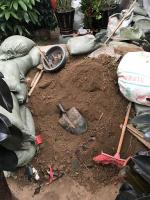How to Identify Weed Plant
Weed plant is a common term used to describe any plant that grows where it is not wanted. However, not all weed plants are created equal. Some are harmless, others can be dangerous or invasive. It is important to identify weed plants correctly to determine if they need to be removed or if they can be left alone. Here are some tips on how to identify weed plants.
1. Look for distinctive characteristics
One of the first things to look for when trying to identify a weed plant is any distinctive characteristics. This could be anything from the plant's shape, color, flowers, or leaves. For example, poison ivy has a unique shape with three pointed leaves and hairy vines. Knowing what to look for can help narrow down your search.
2. Check plant identifiers
There are many resources available online or in books that can help you identify plants. These resources often provide pictures, descriptions, and information to help you identify different types of plants. Some popular plant identifier websites include iNaturalist, PlantSnap, and Picture This.
3. Ask an expert
When in doubt, it is always best to ask an expert. This could be a professional landscaper, gardening store employee, or even a local botanist. They can help you identify the plant and give you advice on how to deal with it.
4. Common weed plants to look out for
Some common weed plants to look out for include dandelions, crabgrass, chickweed, and clover. These plants can be found in lawns, gardens, and other outdoor spaces. While they may not be harmful, they can be unsightly and may need to be removed.
5. Watch out for dangerous weed plants
Some weed plants can be dangerous to humans and animals. These plants include poison ivy, poison oak, poison sumac, and giant hogweed. These plants can cause severe rashes, blistering, and even blindness. If you come across any of these plants, it is important to exercise caution and seek professional help if needed.
In conclusion, identifying weed plants can be a daunting task, but by looking for distinctive characteristics, utilizing plant identifier resources, asking an expert, being aware of common weed plants, and watching out for dangerous plants, you can successfully identify and manage these plants in your outdoor spaces.

 how many times do yo...
how many times do yo... how many planted tre...
how many planted tre... how many pine trees ...
how many pine trees ... how many pecan trees...
how many pecan trees... how many plants comp...
how many plants comp... how many plants can ...
how many plants can ... how many plants and ...
how many plants and ... how many pepper plan...
how many pepper plan...































